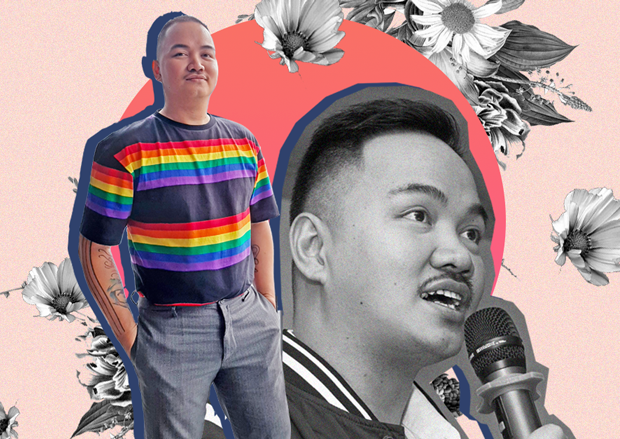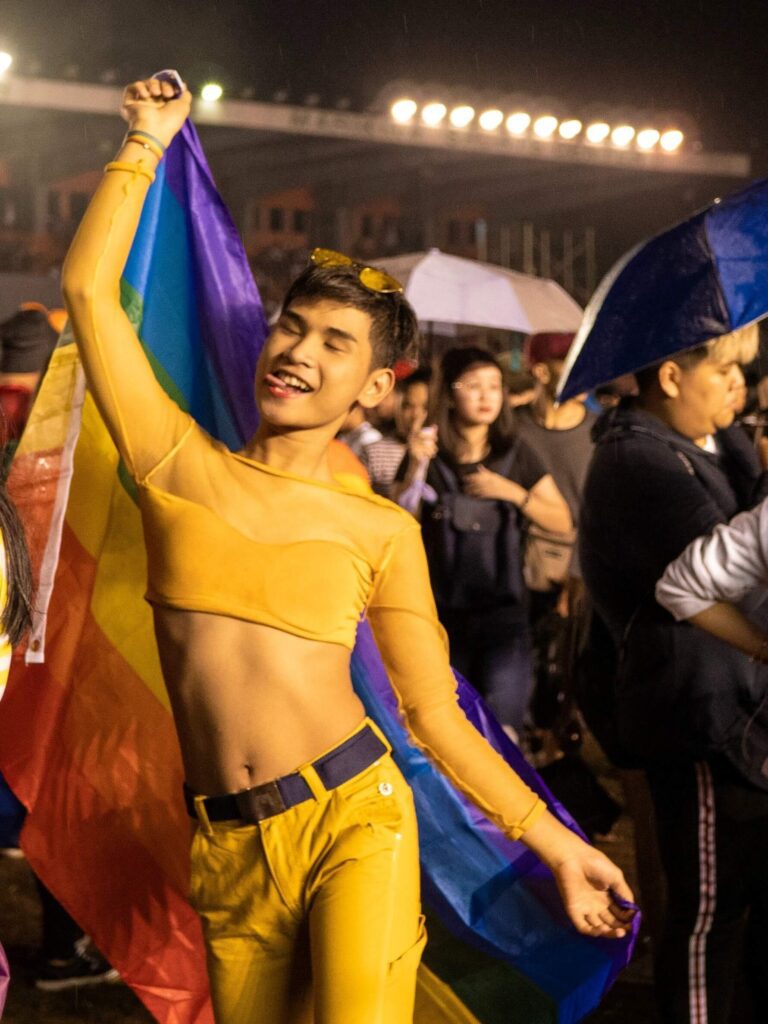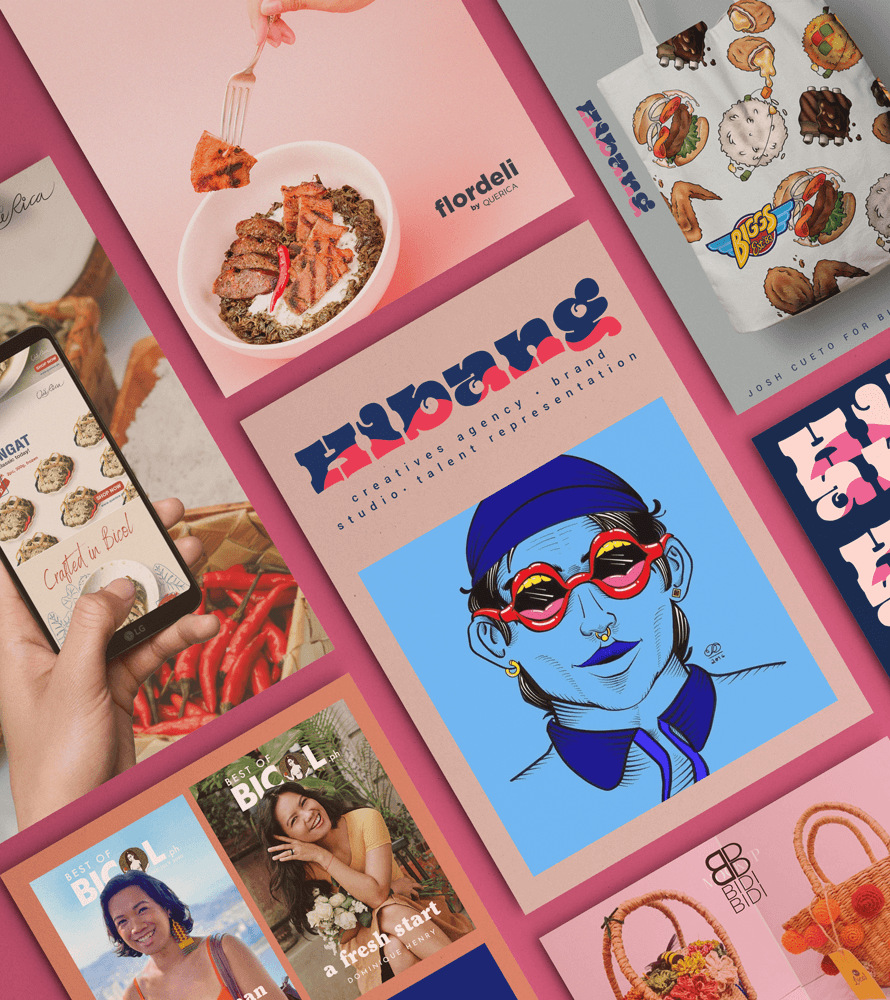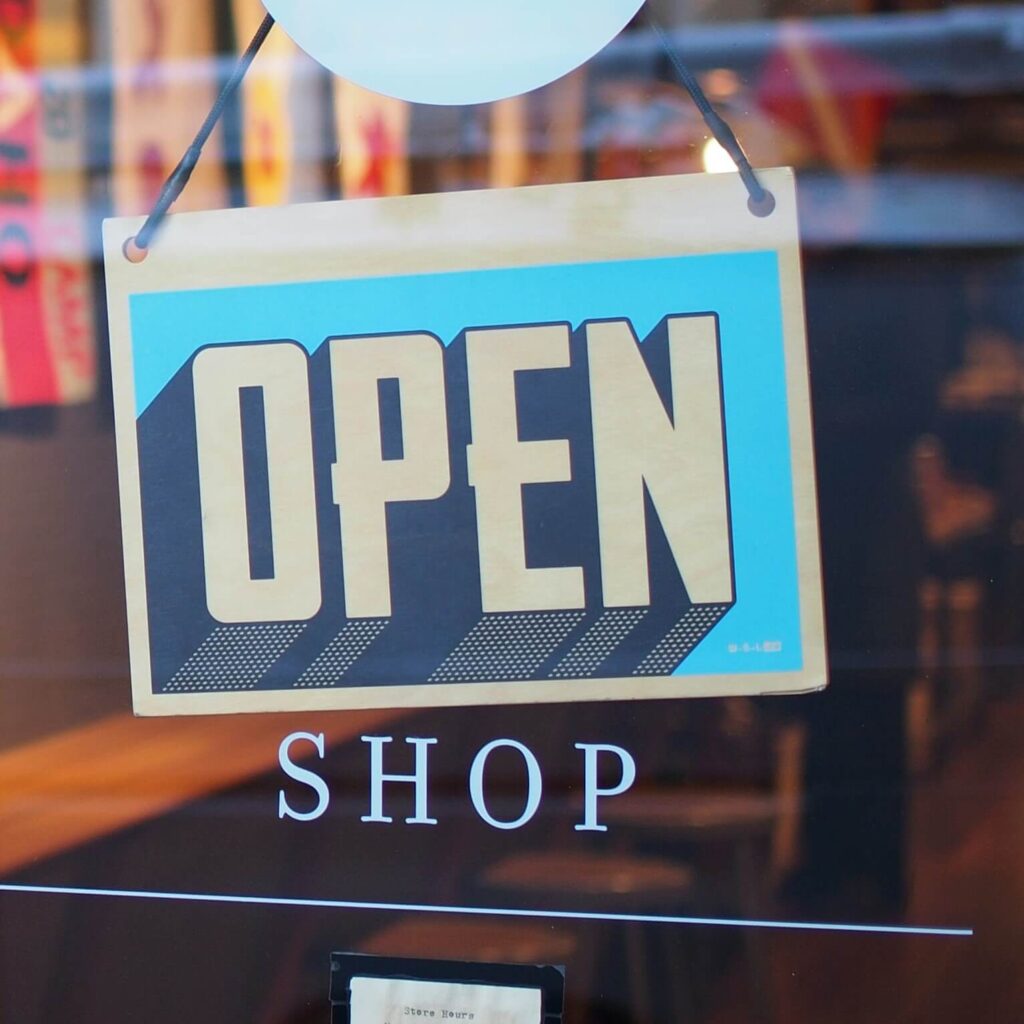

Why this LGBTQ+ creatives and marketing agency isn’t out to rival the country’s giants but is OUT to make a difference, one results-driven “baklaan” at a time.
We’ve interviewed Studio Hibang’s Managing Director Paul Sumayao and his thoughts on the power the creatives hold today, queer representation, and brand life in the digital age.
Studio Hibang (SH): What are key learnings you’ve had (and will have) during this pandemic?
Paul Sumayao (PS): A lot! Besides surfacing how inept our government really is, in itself, the global pandemic has surfaced polarizing discussions as to the directions of our new lives as individuals and as a community. While we all figured out a new way to live, brands rushed to their drawing boards to pivot AND figure out ways to not just survive, but thrive.
This need for reflection, I think, have always been around the corner, lurking in the shadows like an unpaid billing statement. We were trying to delay this ‘change’ for a while until it finally caught us in a corner and forced us to adapt.
SH: Does this mean that the pandemic has caused more good than harm?
PS: Not at all. Like I said it has surfaced the evils and the best among us in equal portions. Now it’s up to us how to move forward.
SH: You’ve worked with several fashion and food brands before over the course of your career. Will you call yourself a brand expert?
PS: Never. I wouldn’t call myself that. Not in a million years. No one really is a brand or branding expert. No one has ever perfected a brand: even Google, Apple and Nike are ‘imperfect’ brands to someone who’s into Yahoo, Samsung, or Adidas in that order. So no one should call himself/herself/themselves a brand(ing) expert.

SH: Okay, but why is branding important?
PS: Products die, but brands live forever. Well, not all brands, but a Brand tends to have a life outside just a simple logo, packaging or website. Most entrepreneurs make the mistake of saying “Hey you, I’m a brand: I am this, I am that” in the beginning. True branding lies in what your customers eventually say or feel about you.
Great visual branding will make you memorable, but what makes it effective is your customer being part of your brand narrative like actors in a play instead of being simply an audience member. A customer’s participation in the brand should go beyond just buying.

SH: Was it this realization about brand(ing) that lead you to open Studio Hibang?
PS: Not exactly. A few years ago during one of the strategic planning sessions I’ve attended as an employee, we were asked by the facilitator about three ‘dream statements.’
I was asked the same question again in graduate school in 2019 and when my mentors Rica and Carlo Buenaflor asked the same question, I knew the Universe was trying to say something.
My dream statement was to be able to give back to my community (in this case, the LGBTQ+ community) through a project or an enterprise which I own. When the BKL/Bikol Bakla anthology was put out in 2019 I knew it won’t be the last and that there is more.
Fast forward to the pandemic and I’ve seen, first-hand, great opportunities in assisting brands through creatives or marketing, and in turn assisting LGBTQ+ creatives through representation. Hence Studio Hibang was born.
SH: And why call it Studio Hibang?
PS: My partner Jedi actually coined it while we were discussing potential names for the agency. I was in my last few days of employment. I wanted something very Filipino, cheeky, and memorable. In Filipino it translated to madly or crazy in love and it just made so much sense.
It’s a value proposition (for our clients and their customers) and at the same time a feeling. He uttered it over breakfast and before lunch I already paid for the business name registration online. Haha.
I also liked the wordplay around “Hibang” and “Ibang” (difference, variation) and how we’ve always wanted to offer something different.
SH: You’ve recently called out folks who think that in these times, creative positions in organizations are “non-essential.”
PS: That’s right. I’ve seen stories from Facebook groups where executives have collapsed their Marketing teams to beef up other departments such as Operations or Logistics in light of the pandemic. Totally understandable from the bottom line end, but I’ve always felt it’s counterproductive.

SH: And why so?
PS: You see, the pandemic has posed challenges to keep businesses afloat, but it has surfaced new territories for brands to conquer. In the Philippines, the growth among small businesses has been massive. We’ve seen global trend reports on the growth of hyperlocal markets and I think our country is poised for this.
In these new territories, visuals, creative strategy, and brand communications are all important. Who will create content to ensure your brand gets across? Who will be there come up with creative strategies to acquire new customer base? In the simplest terms, who will create the social media visual advising your customers that your deliveries will be delayed?
SH: ‘New territories’ seem like an exciting idea. Tell us more.
PS: Well, these ‘new territories’ aren’t entirely new. Of course there’s e-commerce. And then there’s logistics such as delivery. And then there are other services like digital marketing and new means of communications. There are newer formats in hyperlocal retail. What makes these novel territories are usually the manner by which a company or a brand pivots itself into.
So the question really is within these new territories the company is trying to win over, who will take on the challenge of creating new customer experiences? Who’s holding the fort when it comes to creatives and communications? They’re Creatives, of course.

SH: Is calling yourself an LGBTQ+ creatives agency only a selling tool?
PS: It’s more an advocacy than a value proposition. I mean yes, it is a value in and of itself, but it’s also our call to arms. In the Philippines, there are thousands of creative agencies. There are even hundreds and thousands of Creatives.
But to call yourself a creative who happens to be a part of the LGBTQ+ community is already a political statement. This is a statement we wish to put forward. That our community is teeming with talent and that this needs to be at the fore. That there are conversations that we need to raise now especially on discrimination, hate crimes, media representation, poverty, and more.
Our community really is at the front and center of all things creative in this planet (again, that’s debatable but I’ll stand my ground) so it made sense for us. Going beyond beauty pageants and Pride events, there’s a need for these conversations to happen. We wish to be one of the vessels for those conversations among LGBTQ+ creatives and those outside it.
SH: You’ve mentioned queer representation. Is there a lack of it in the Philippines right now?
PS: Though that point is relative, what I am referring to is representation in the corp-creative setting. I’ve mentioned earlier that there are about thousands of agencies out there but they all tend to be heteronormative. Only handful agencies like Vitalstrats and Castro (PR) are deliberate in their positioning as LGBTQ+ agencies.
Queer Representation in the creative industry is important. It puts a primer on our contribution to the propagation of arts and culture within the bigger community. I don’t think we’d be where we are now–regardless of our country–without the members of the LGBTQ+ communities rallying, say, behind a colorway Pantone has announced as the color of the year.
Samantha Jones–the beloved character from SATC–said it rightfully so: “first come the gays, then the girls, then the industry!“
SH: We’re sold. But what makes Studio Hibang different?
PS: I did mention that there are thousands of creative agencies out there who can do the same stuff that we do. But what we do is results-driven baklaan. It’s the philosophy that we have that it shouldn’t just be pretty, it should make sense and move products.
Besides publications marketing (a niche service we are offering), we also do artist representation, with special attention given to Queer artists.

SH: Artist representation meaning the Lolit Solis kind, yes?
PS: Haha no. Definitely no artistas, commercial models nor beauty queens. It’s representing young talents in various disciplines such as illustration, literature, visual arts, graphic design, photography, theater, etc: negotiating with clients on their behalf, marketing them, developing their personal branding, helping them speak to new audiences etc.
We’re still building our line up but we’re pretty excited for this vertical to grow.
SH: What pushed you to explore this?
PS: Having artists-friends in my immediate circle, I have seen them struggle with how they market themselves.
It’s challenging for them to be both the creator and the marketing executive at the same time: plotting events, responding to inquiries on commissioned work, crafting digital content and more while propagating their craft.
The mid-career ones, especially, have challenges striking a balance between making money and putting out their message.
At Studio Hibang, we envisioned taking all the marketing, branding and administrative side of things so the artist can just focus on creating.

SH: Of course you won’t be an agency without a bestselling service these days–social media marketing.
PS: Definitely. No business entity should be without it these days. Social media marketing–both paid and organic–are important factors for brands to thrive. It’s a service we’re very proud to offer to both big accounts and small businesses.
SH: Wait, paid and organic social media are two different things?
PS: Yes. Organic social media marketing is where native content planning comes into play. You rely on the brand’s communication pillars to craft a narrative while engaging with customers and their behaviors. This one is relatively cheap with only one’s creativity (and a bit of analytics acumen) as an investment.
Paid social media marketing on the other hand takes into account several metrics such as conversion, return on ad spend, sales etc to paint a picture of success. Some plainly call it performance marketing. It’s basically a ménage à trois between art, science, and economics: making sure creatives are well-made, audience sets and ad strategies are perfected, and of course a meaty, sensible ads budget.
SH: Speaking of budget, is Studio Hibang open to working with smaller accounts?
PS: Of course. We’re a small business ourselves (and we’d like to keep it that way) so we know how it feels to try to scale with limited resources. We’d love to work with SMEs (small-to-medium enterprises) who share the same values as ours. I think it’s always humbling to work with upcoming giants and be with them as they grow.

SH: What advice would you give brands or companies–big or small–these days
PS: Well, try us at Studio Hibang. Haha. No I mean, an advice? Never stop growing. I think what most brands don’t understand is that growth can only mean numbers. Other brands have stopped growing because they feel they’ve plateaued already when in fact they’re not. Growth can be a lot of things: growth in product offerings, your team’s learnings, your audience base, growth in emotional currency with your customers, growth within yourself as an entrepreneur.
Paul Sumayao is Studio Hibang’s Managing Director and is a published author. His career has spanned work with global premier fashion and food brands. His vast experience in Sales, Marketing, and Creatives has fueled his passion to set up the agency (and more after it). He is currently writing his first book of short stories.